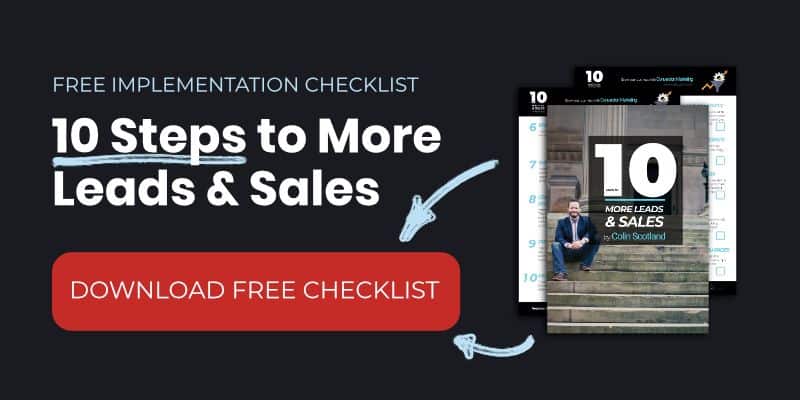Think about the life cycle of one of your typical clients, from the moment they hear about your business to the way they are treated after they have received/consumed your product or service. Understanding and mapping every aspect of this ‘journey’ is vital for several reasons, for one, we can map out all the points at which customers come into contact with our business and create an audit of all the brand collateral (logo, staff uniform, signage, email signature, website, etc.).
With this list, we can check for consistency. Are we using the same logo and colors everywhere?
It can also be a great way to make sure all of your marketing is working in unison to drive the business forward. Is your website doing its job?
Do customers see and hear the same things from us in all areas of the business?
Are there any areas where things could be improved?
It is critically important to ensure that every point of contact is enhancing the customer’s experience of your brand and delivering on your promises. If it’s not, fix it.
If you are a high-end hair salon and customers walk into peeling paint and grime on your front door, this isn’t delivering on your brand promise of a luxury experience.

The next and perhaps not-so-obvious reason for mapping the customer journey is to consider what you want the customer to do, think, and feel at each of the milestones on the journey, as this gives you focus and clarity for how to design the collateral for your objectives.
For instance, when customers visit your website you may want them to feel inspired by your product/service and eager to take the next step/make a purchase, this now informs the objectives for the website, look at the site and ask yourself, does what I’m seeing makes me feel inspired?
How do I take the next step?
If these things aren’t answered easily, then your website needs some work for it to convert browsers into customers.
“Consider what you want the customer to do, think and feel at each of the milestones on the journey, as this gives you focus and clarity for how to design the collateral for your objectives.”
So we know what a customer journey map is and why it is important, how do we go about creating one?
Simple, take a pen and paper and brainstorm every step a customer takes on their journey with you. Follow these simple action points:
- Brainstorm your own customer journey map
- Create a brand audit checklist for each stage of the journey
- What would you like your customers to think, feel and do at each stage?
Once you have completed this, you will have your brand audit checklist so you can sense-check your marketing from your customer’s perspective and can identify inconsistencies in how your company is portrayed.
You can check that every point of contact, your website, your emails, and your physical environment (if you have one) are orchestrated in a way that encourages customers to do, think and feel the things you want them to at each stage.

Used correctly, this simple but powerful process allows you to refine and deliver your brand experience more consistently and will help you turn more customers into loyal ambassadors for your brand and your business.





